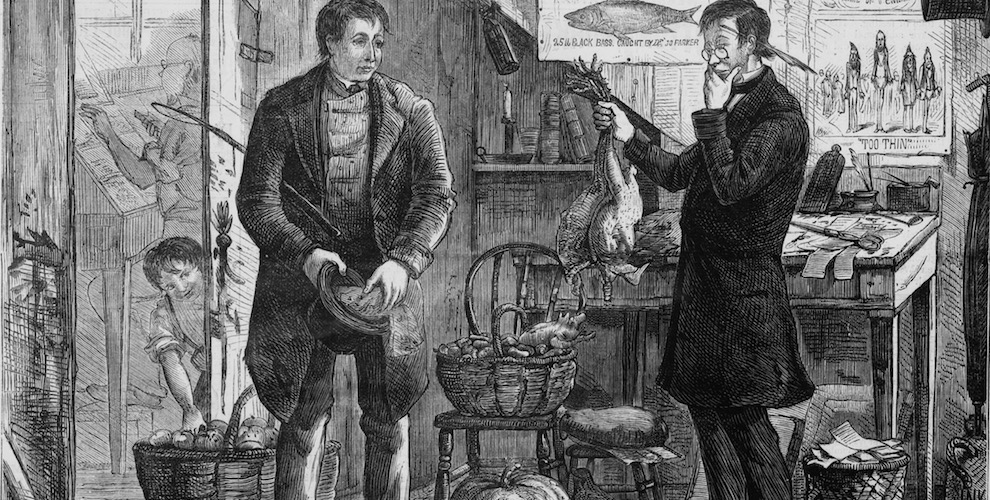
“If you think BuzzFeed invented the listicle, you haven’t spent enough time with 19th-century newspapers, because they’re everywhere.”
That’s Ryan Cordell, a Northeastern University professor who researches virality in 19th-century newspapers, during a talk he gave recently at MIT.
It was a common practice for 19th-century newspapers to republish poems, fiction excerpts, and even lists of facts that were originally published elsewhere. Editors would subscribe to many newspapers and would cut out things they thought were interesting, relevant, or fit a space on the page that they needed to fill and then republish them in their own papers, Cordell explained.
“Many 19th-century newspapers are comprised primarily of content from other newspapers,” he said. “They were more aggregators than producers of original content. And often they were created by very small staffs, and scholars such as Ellen Gruber Garvey have shown that this aggregation is what allowed newspapers to spread as rapidly as they did in the 19th century, because you didn’t have to produce the whole thing.”
Another popular format was lists or tables of information, Cordell said. One specific list of “Facts Worth Noting” was published under several titles in at least 120 different newspapers between 1853 and 1899, he said — noting that many of the facts weren’t true and they often changed from printing to printing.
Cordell’s research utilizes the Library of Congress’ Chronicling America collection of historic newspapers. In the library’s collection, he said the researchers have found examples of lists and articles on topics such as the dimensions of lakes throughout the United States, the lifespans of various animals, home cures for Small Pox, and different attributes of tomatoes, all of which Cordell said he could “imagine many of my friends posting these on Facebook today.
Just as on today’s share-happy Internet, attribution was sometimes lost in the spread of information. On August 16, 1868, The New Orleans Crescent published a poem titled “The Children.” Originally published in 1864, the poem was written by the author Charles M. Dickinson, and by the time The Crescent published it, it had already appeared in a number of newspapers and anthologies under Dickinson’s name or the moniker The Village Schoolmaster.
In The Crescent, however, the poem was mistakenly attributed to Charles Dickens, the famous English writer. Subsequently, as the poem was republished in newspapers throughout the United States, about 85 percent of newspapers attributed the poem to Dickens, and this only accelerated after Dickens died in 1870 as papers prefaced the poem by saying that it was found among Dickens’ papers posthumously.
“Ultimately, the anecdote was more compelling than the real attribution,” he said.
“And, in fact, Dickinson basically spent his entire life trying to convince people that this was actually. In one edition of his poetry he reprinted a letter from Charles Dickens’ son saying ‘This was not my father’s poem. He never wrote it. We did not find it in his desk.'”
Cordell’s MIT talk was part of MELCamp5, a conference for researchers from the Melville Electronic Library, a digital archive of Herman Melville’s work. Cordell spent a portion of his talk addressing how Melville’s work spread through the 19th-century press. His slides are available here (warning: giant file, wait until you’re on wifi), and you can listen to the full 94-minute talk below.